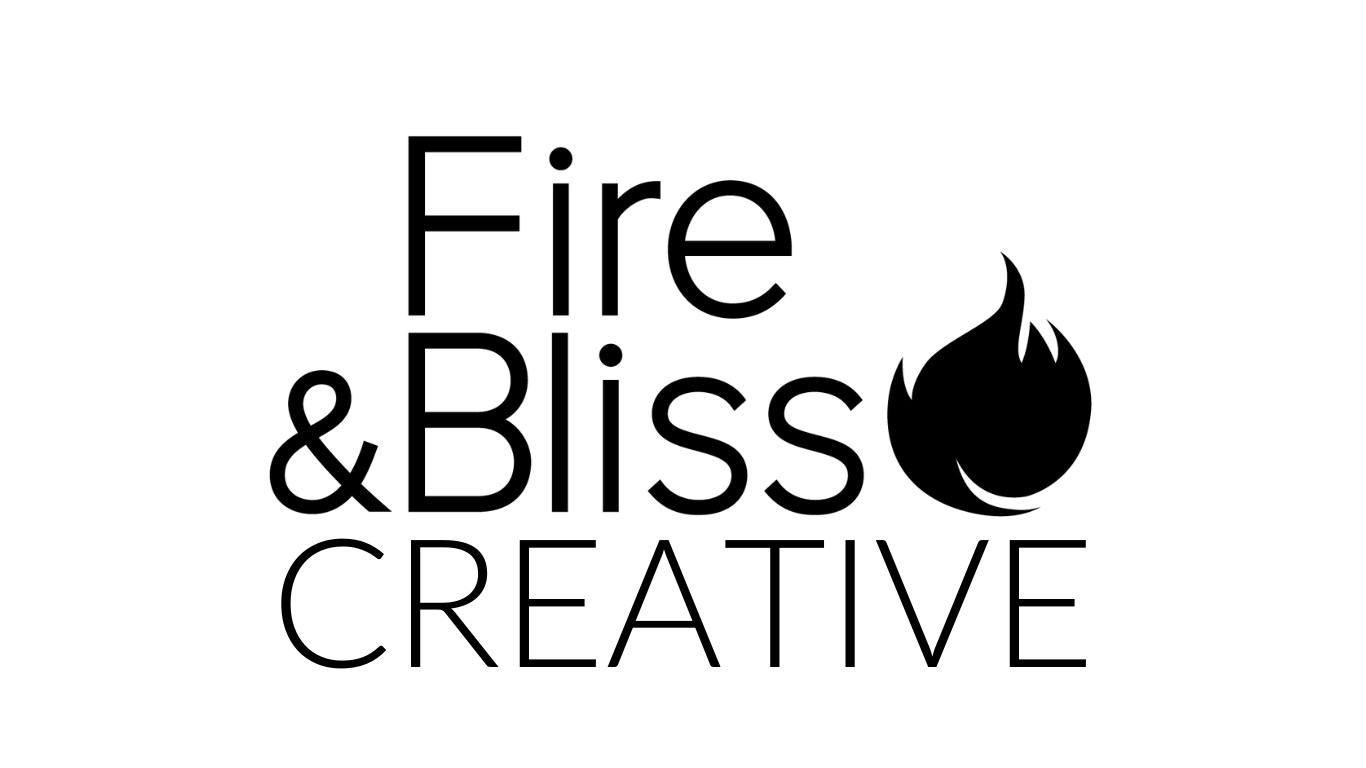What’s the difference between cultural appropriation and appreciation?
From celebrity faux pas to major missteps by fashion brands, cultural appropriation has been a hot button topic over the past few years. Conversations about this topic can get a little heated as it is a highly complex concept that lends itself to personal opinion. One person may consider something cultural appropriation while others do not.
In the art world, we can add even more layers to this conversation. Such as,
The art world has a more general definition of “appropriation” which is a completely acceptable, basic practice for artists.
Cultural appreciation and its place in the conversation.
The art world’s history of gatekeeping and its effects on diverse artists.
Continue reading to learn more about appropriation in art, the difference between cultural appropriation and cultural appreciation, and how you can support diverse artists without appropriating their culture.
What is “appropriation” in art?
As mentioned above, the art world has a more general definition of “appropriation” which is a completely acceptable, basic practice for artists. This concept dates back to 1912 and refers to “the practice of artists using pre-existing objects or images in their art with little transformation of the original,” This more general term can include anything from using newspaper clippings in visual art to using portions of well known, famous images in collages.
In these instances, appropriation is not necessarily cultural appropriation. It is simply the use of well known material in one's art.
What is an example of appropriation in art?
Take Andy Warhol’s “Campbell’s Soup Can'' Series. This iconic piece is one of the most well-known examples of appropriation in art. The iconic Campbell’s Soup label has been used by (appropriated by) Warhol to stimulate quick recognition while invoking conversations of consumerism, commercialism, etc.
While the "Campbell's Soup Can" series is an example of appropriation in art. It is NOT an example of cultural appropriation in art. Why not?
What is cultural appropriation?
Writer Maisha Z Johnson defines cultural appropriation as “members of a dominant culture taking elements from a culture of people who have been systematically oppressed by that dominant group”. The problem with cultural appropriation, she explains, is not the act of an individual artist, but how that artist perpetuates an unjust power dynamic through their creative practice. Cultural appropriation includes a power imbalance between a dominant and oppressed group.
What is cultural appropriation? Cultural Appropriation is simply taking one aspect of a culture that is not your own and using it for your own personal interest.
Damien Hirst, one of the richest artists alive, has often been called out for his “sometimes hilarious, often arrogant…artistic antics [that] continue to be the subject of much controversy.” If you remember, cultural appropriation must include a dominant group (Damien Hirst is a rich, affluent white man) and an oppressed group. In this case, our oppressed group is the Aboriginal people of Australia. Specifically, Aboriginal artist, Emily Kame Kngwarreye.
Emily’s signature art style includes “layered colored dots in elaborate patterns [that] portray aerial deserts landscapes crafted from memory. Her style has been passed down across generations and has deep cultural importance.” In March of 2018, Hirst made headlines when he debuted his series “Veil Paintings” which bear a striking resemblance to Kngwarreye’s signature style.
Several Australian artists and dealers maintain that the works also appear indebted to a community of indigenous female artists in Utopia, Australia, near Alice Springs. “The Utopia painting style is unique to their desert tradition and rendered on canvas in the hope young people will learn about their past,” wrote ABC Australia. “The desert dot paintings are often aerial landscapes painted from memory over many painstaking hours.” Source
Why is cultural appropriation in the arts a problem?
Cultural appropriation adds another layer of complexity to the disadvantages of the art world. While diverse artists already have trouble getting representation, being featured in galleries, and selling their work, cultural appropriation robs diverse artists of telling their own story.
Furthermore, cultural appropriation literally takes money out of their pockets. Damien Hirst’s “Veil Painting” series garnered a total of $18 million. Emily’s art is said to have sold for a fraction of that with her top painting making about $400,000.
How can I support diverse artists without appropriating their culture?
This is where cultural appreciation comes in.
What is cultural appreciation? Cultural Appreciation is seeking to understand and learn about another culture in an effort to broaden one’s perspective and connect with others cross-culturally.
Seek first to understand and learn about the artist’s culture before judging: Sensitivity to cultural differences is imperative when supporting diverse artists.
Consider the cultural significance as to why diverse artists may use things like color, texture, and/or technique. Oftentimes, these practices have been passed down from generation to generation.
Acknowledge and understand the inequalities faced by artists of color vs. their white counterparts.
In your personal life, purposefully include artists of color and/or LGBTQ+ artists in the conversation whether they are in the room or not.
Prioritize purchasing art from diverse artists on platforms that give artists full control of their art, their brand, and their cultures. Shop with art platforms that center BIPOC and/or LGBTQ+ artists, like Fire & Bliss!




